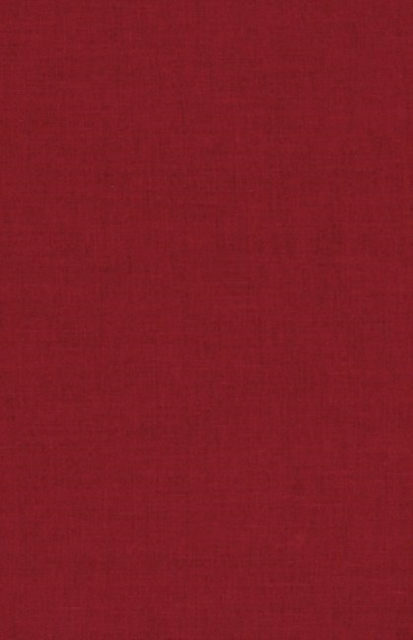CITESTE MAI MULT
Detalii
Descriere RO
In October 1962, when the Soviet Union deployed nuclear missiles in Cuba, the most dangerous confrontation of the Cold War ensued, bringing the world close to the brink of nuclear war. Over two tense weeks, U.S. president John F. Kennedy and Soviet premier Nikita Khrushchev managed to negotiate a peaceful resolution to what was nearly a global catastrophe.
Drawing on the best recent scholarship and previously unexamined documents from the archives of the former Soviet Union, this introductory volume examines the motivations and calculations of the major participants in the conflict, sets the crisis in the context of the broader history of the global Cold War, and traces the effects of the crisis on subsequent international and regional geopolitical relations.
Selections from twenty primary sources provide firsthand accounts of the frantic deliberations and realpolitik diplomacy between the U.S., the U.S.S.R., and Fidel Castro's Cuban regime; thirteen illustrations are also included.
CONTENTS:
Introduction: The Making of a global Crisis
The Origins of the Cold War
A New Front in the Cold War
The Cold War in Latin America
The Cuban Revolution and the Soviet Union
U.S. and Regional Responses to the Cuban Revolution
Operation Zapata: The Bay of Pigs
Operation Anadyr: Soviet Missiles in Cuba
Crisis Dénouement: The Missiles of November
Evaluating the Leadership on All Sides of the Crisis
Nuclear Fallout: Consequences of the Missile Crisis
The Future of Cuban-Soviet Relations
Latin American Responses to the Missile Crisis
Conclusion: Lessons of the Cuban Missile Crisis
Historiography of the Cuban Missile Crisis
Documents
Memorandum for McGeorge Bundy from Arthur Schlesinger, Jr., April 10, 1961
State Department White Paper, April 1961
From the Cable on the Conversation between Gromyko and Kennedy, October 18, 1962
Telegram from Soviet Foreign Minister Gromyko to the CC CPSU, October 20, 1962
President John F. Kennedy’s speech to the Nation, October 22, 1962
Resolution Adopted by the Council of the Organization of American States Acting Provisionally as the Organ of Consultation, October 23, 1962
Message from Mexican President Adolfo López Mateos to Cuban President Osvaldo Dorticós, October 23, 1962
Letter from Khrushchev to John F. Kennedy, October 24, 1962
Telegram from Soviet Ambassador to the USA Dobrynin to the USSR MFA, October 24, 1962
Memorandum for President Kennedy from Douglas Dillon, October 26, 1962
Telegram from Fidel Castro to N.S. Khrushchev, October 26, 1962
Letter from Khrushchev to Fidel Castro, October 28, 1962
Cable from USSR Ambassador to Cuba Alekseev to Soviet Ministry of Foreign Affairs, October 28, 1962
Telegram from Soviet Deputy Foreign Minister Kuznetsov and Ambassador to the U.N. Zorin to USSR Foreign Ministry (1), October 30, 1962
Premier Khrushchev’s Letter to Prime Minister Castro, October 30, 1962
Prime Minister Castro’s Letter to Premier Khrushchev, October 31, 1962
Meeting of the Secretary of the Communist Party of Cuba with Mikoyan in the Presidential Palace, November 4, 1962
Brazilian Foreign Ministry Memorandum, “Question of Cuba,” November 20, 1968
Letter from Khrushchev to Fidel Castro, January 31, 1963
“I Know Something About the Caribbean Crisis,” Notes from a Conversation with Fidel Castro, November 5, 1987
Select Bibliography
EdituraHackett Publishing Co, Inc
Dimensiuni148 x 222 x 18
Data Publicarii15/09/2018
Format
Cartonata
Numar pagini208
Aceasta este o carte in limba engleza. Descrierea cartii (tradusa din engleza cu Google Translate) este in limba romana din motive legale.
In octombrie 1962, cand Uniunea Sovietica a lansat rachete nucleare in Cuba, a avut loc cea mai periculoasa confruntare a Razboiului Rece, aducand lumea aproape de pragul razboiului nuclear. Peste doua saptamani tensionate, SUA

